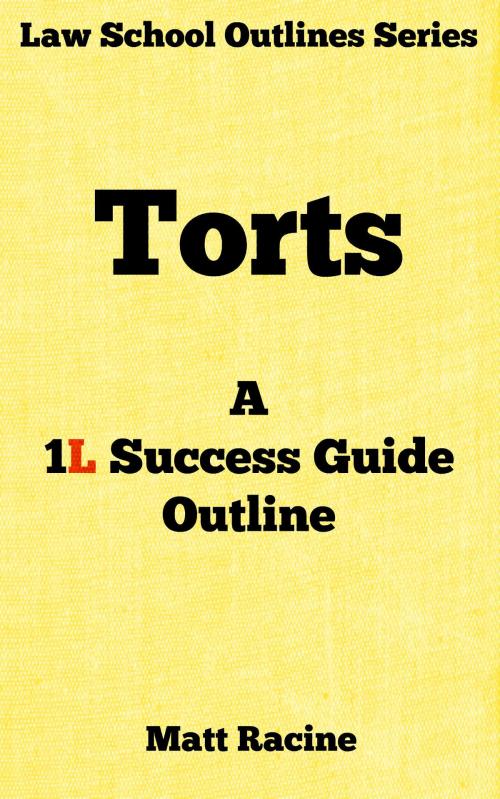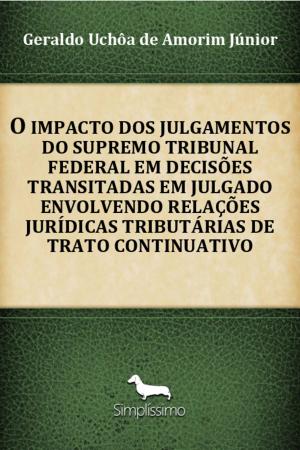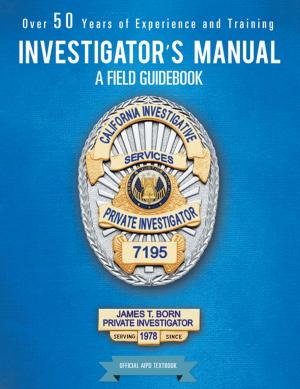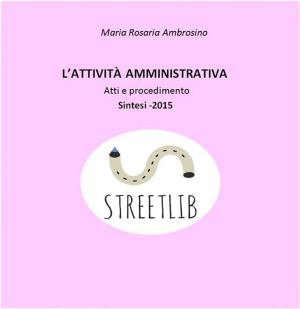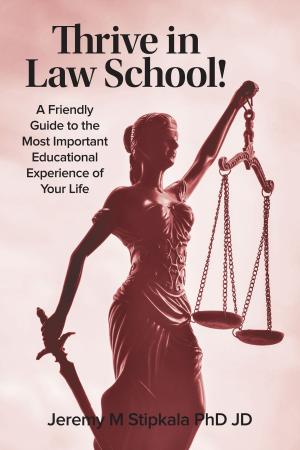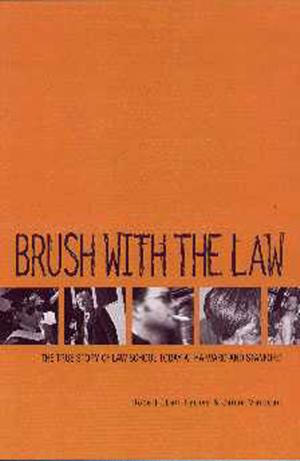| Author: | Matt Racine | ISBN: | 1230000285543 |
| Publisher: | Lake George Press | Publication: | December 13, 2014 |
| Imprint: | Language: | English |
| Author: | Matt Racine |
| ISBN: | 1230000285543 |
| Publisher: | Lake George Press |
| Publication: | December 13, 2014 |
| Imprint: | |
| Language: | English |
This outline is the outline I wish I had when I started my torts class as a 1L.
***
One of the best ways to succeed in law school is to have skeleton outlines prepared in advance of class.
That way, you already have a roadmap of where the day's lecture will go.
This allows you to pay more attention to the lecture and learn the law more quickly, giving you an advantage over your classmates come exam time.
This TORTS outline is designed to give you the essential information you need to understand tort law as taught in US law schools.
Use it for preparation prior to class, for review after class, and in advance of your final exam.
***
The first couple pages FROM THE OUTLINE:
INTENTIONAL TORTS
3 General Rules
1. The extreme sensitivity of a victim is ignored in deciding the elements of a claim – we assume the P is a normal plaintiff
2. NO incapacity defenses (Mentally ill, intoxicated, minor, disabled)
3. All intentional torts require intent.
Prima Facie Case
1. Act by defendant – The act requires a Volitional Movement by the defendant.
2. Intent – The intent may be either:
Specific – desires to produce the specific legally forbidden consequences
General – knows with substantial certainty that these consequences will result
Transferred Intent – If you intend any forbidden consequence, intent will be transferred to the injured victim. (Try to punch one person and hit another)
Only applies to assault, battery, false imprisonment, trespass to land and to chattel.
3. Causation
The result must be legally caused by the defendants act or something set in motion by him. Causation is satisfied if defendants conduct was a substantial factor in bringing about the injury. (Injury DOES NOT need to be foreseeable)
Intentional Torts to the PERSON
BATTERY
1. Harmful or offensive contact
(a) Offensive – Reasonable person standard – Not permitted by an reasonable person (Sexual contact, spitting, tapping on shoulder for the time)
(b) Contact is NOT offensive if the plaintiff consented to it. There is implied consent for ordinary contacts of everyday life.
(c) Direct or Indirect – Can strike plaintiff (direct) or set a trap for the defendant to fall into later (indirect) (i.e. Does not have to be instantaneous – poisoning.)
2. With the plaintiffs person
Anything plaintiff is holding, touching or connected to. (Cane, horse, plate, bag)
3. Intent / Causation
***
This is a compact, actionable outline.
Try it.
This outline is the outline I wish I had when I started my torts class as a 1L.
***
One of the best ways to succeed in law school is to have skeleton outlines prepared in advance of class.
That way, you already have a roadmap of where the day's lecture will go.
This allows you to pay more attention to the lecture and learn the law more quickly, giving you an advantage over your classmates come exam time.
This TORTS outline is designed to give you the essential information you need to understand tort law as taught in US law schools.
Use it for preparation prior to class, for review after class, and in advance of your final exam.
***
The first couple pages FROM THE OUTLINE:
INTENTIONAL TORTS
3 General Rules
1. The extreme sensitivity of a victim is ignored in deciding the elements of a claim – we assume the P is a normal plaintiff
2. NO incapacity defenses (Mentally ill, intoxicated, minor, disabled)
3. All intentional torts require intent.
Prima Facie Case
1. Act by defendant – The act requires a Volitional Movement by the defendant.
2. Intent – The intent may be either:
Specific – desires to produce the specific legally forbidden consequences
General – knows with substantial certainty that these consequences will result
Transferred Intent – If you intend any forbidden consequence, intent will be transferred to the injured victim. (Try to punch one person and hit another)
Only applies to assault, battery, false imprisonment, trespass to land and to chattel.
3. Causation
The result must be legally caused by the defendants act or something set in motion by him. Causation is satisfied if defendants conduct was a substantial factor in bringing about the injury. (Injury DOES NOT need to be foreseeable)
Intentional Torts to the PERSON
BATTERY
1. Harmful or offensive contact
(a) Offensive – Reasonable person standard – Not permitted by an reasonable person (Sexual contact, spitting, tapping on shoulder for the time)
(b) Contact is NOT offensive if the plaintiff consented to it. There is implied consent for ordinary contacts of everyday life.
(c) Direct or Indirect – Can strike plaintiff (direct) or set a trap for the defendant to fall into later (indirect) (i.e. Does not have to be instantaneous – poisoning.)
2. With the plaintiffs person
Anything plaintiff is holding, touching or connected to. (Cane, horse, plate, bag)
3. Intent / Causation
***
This is a compact, actionable outline.
Try it.
